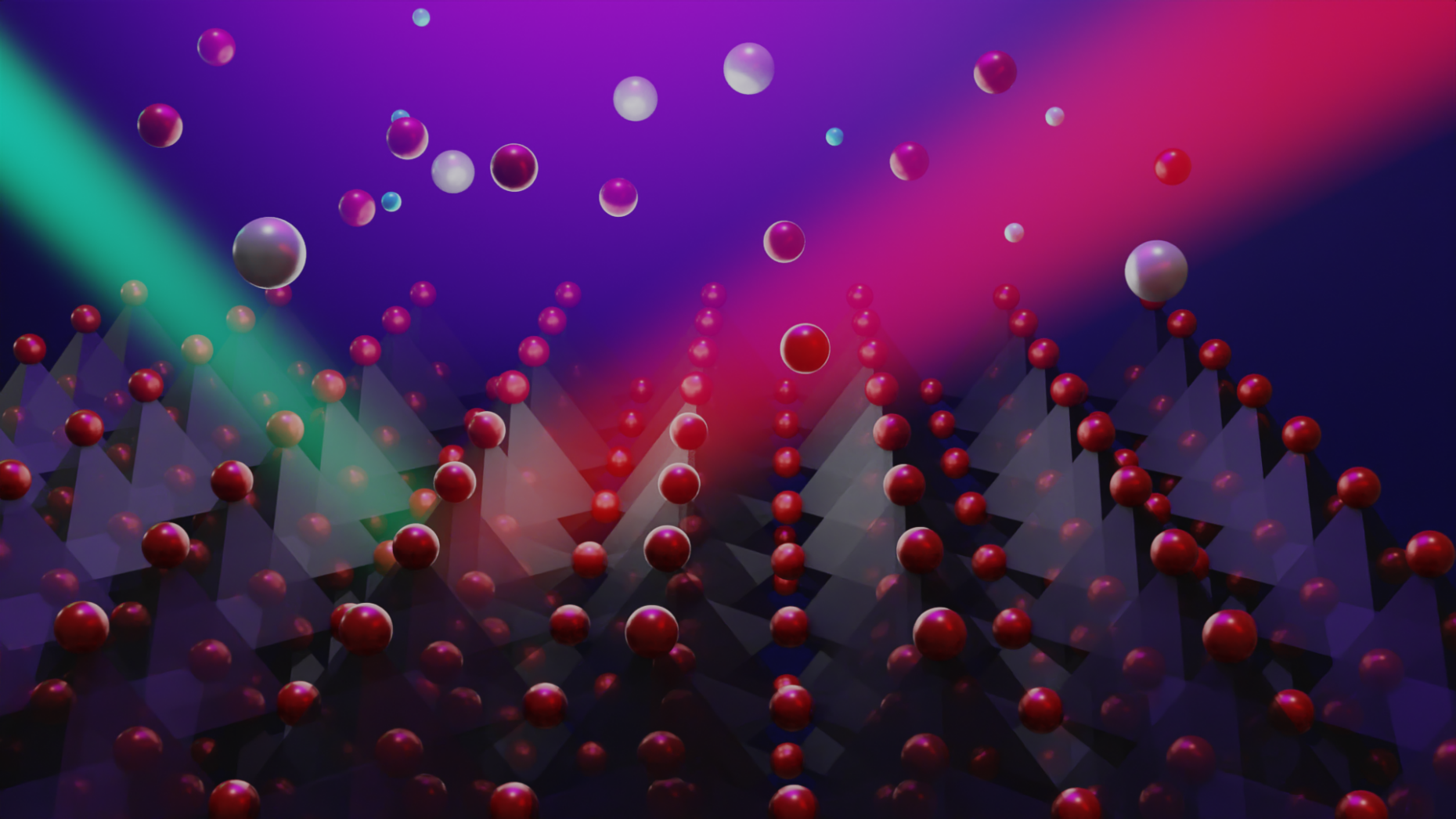Interface Proximity Effects in Functional Thin Films
It is widely accepted that the thinner the film is, the larger is the role that its interfaces play in setting its functionality. Understanding and engineering the influence of interfaces in the setting of the final state is however difficult because of the limited experimental access to the contribution of an individual interface post-deposition.

Researchers from three laboratories from ETH Department of Materials: Multifunctional Ferroic Materials, Materials Theory, and Surface Science and Technology, with the researchers from the Electron Microscopy Center at EMPA, directly addressed the impact of the top and bottom interfaces in the setting of the polarization in ultrathin ferroelectric films. Using atomically precise pulsed laser deposition and the in-situ second harmonic generation (ISHG) tool developed in the Laboratory for Multifunctional Ferroic Materials, they engineer competitive and cooperative interface configurations in situ, during the growth, establishing new design routes for robust functionalities in the technologically relevant ultrathin regime.
Nives Strkalj, Chiara Gattinoni, Alexander Vogel, Marco Campanini, Rea Haerdi, AntonellaRossi, Marta D. Rossell, Nicola A. Spaldin, Manfred Fiebig & Morgan Trassin. In-situ monitoring of interface proximity effects in ultrathin ferroelectrics. Nat. Commun.; external page DOI:10.1038/s41467-020-19635-7
Chiara Gattinoni, Nives Strkalj, Rea Härdi, Manfred Fiebig, Morgan Trassin, & Nicola A. Spaldin. Interface and surface stabilization of the polarization in ferroelectric thin films. PNAS; external page DOI10.1073/pnas.2007736117